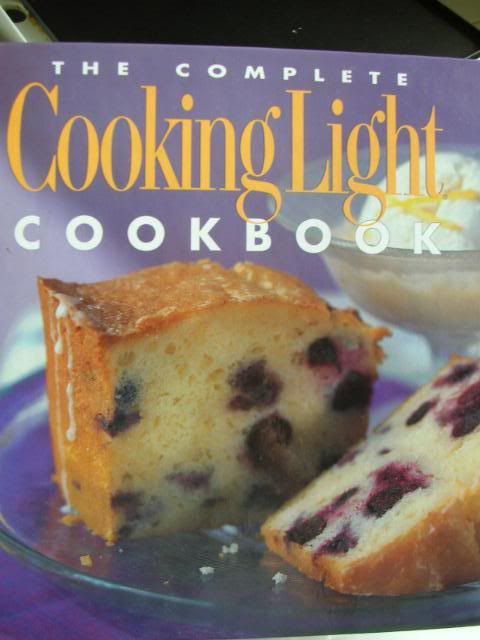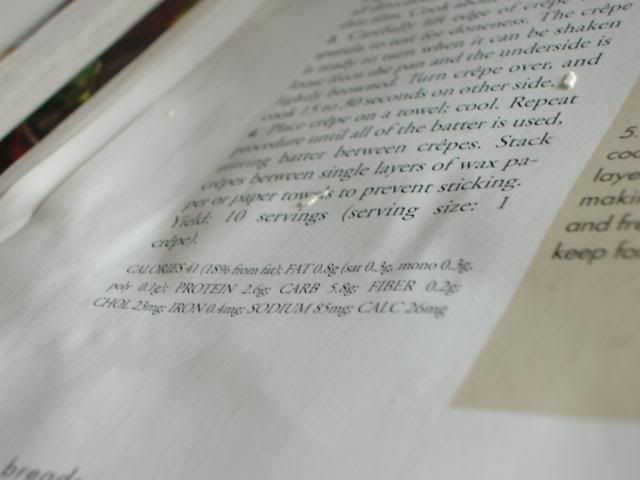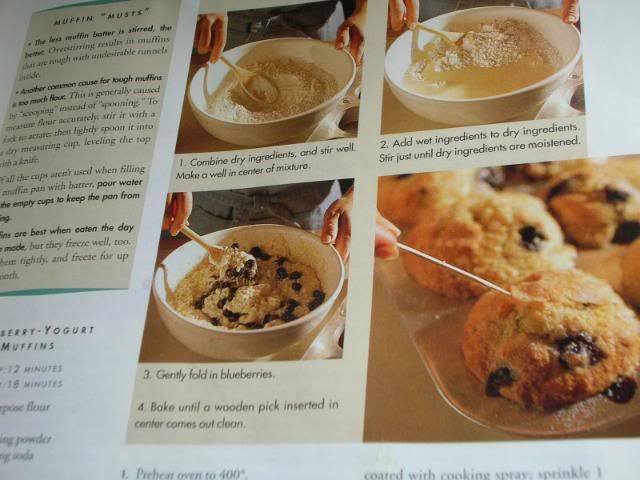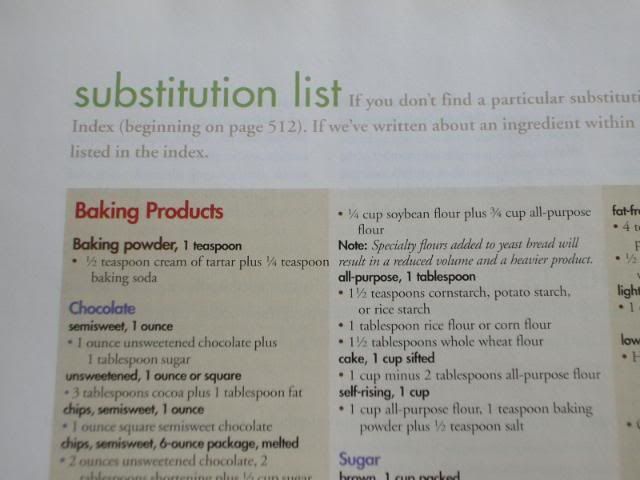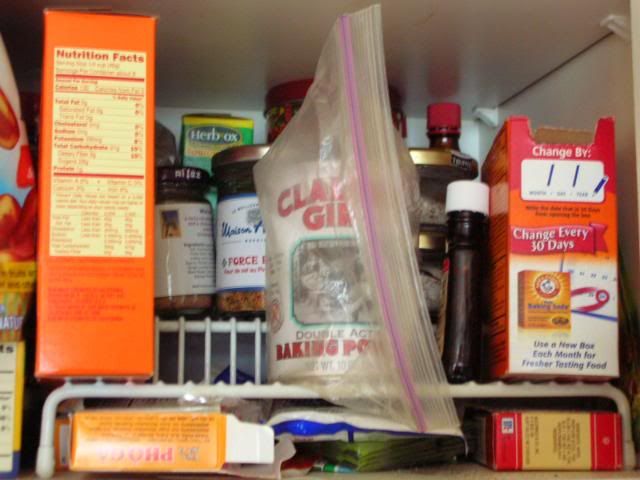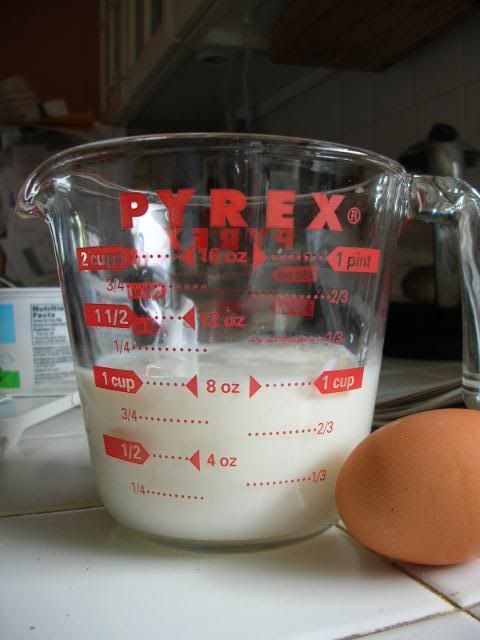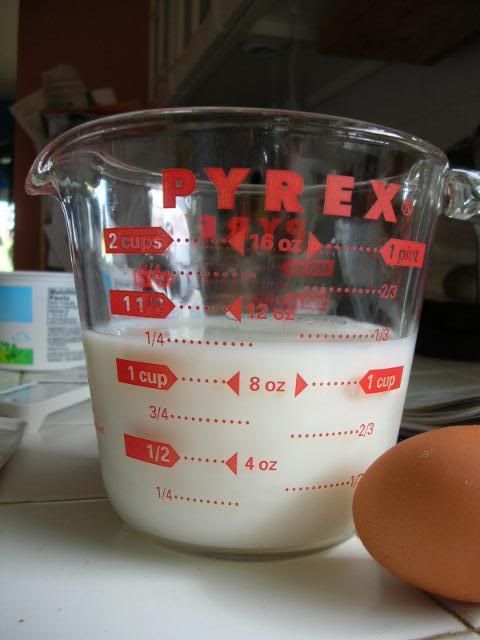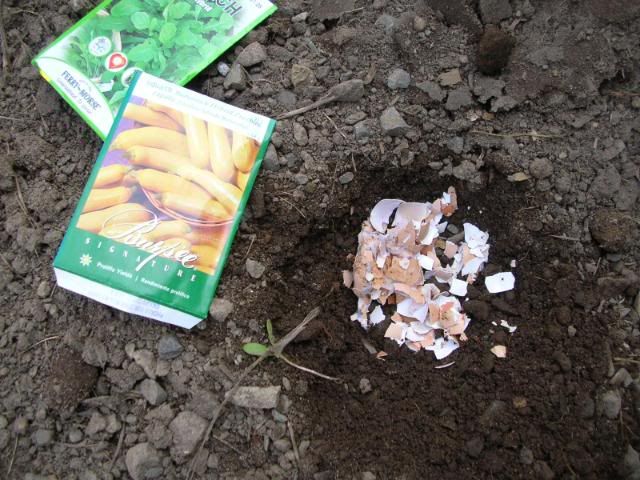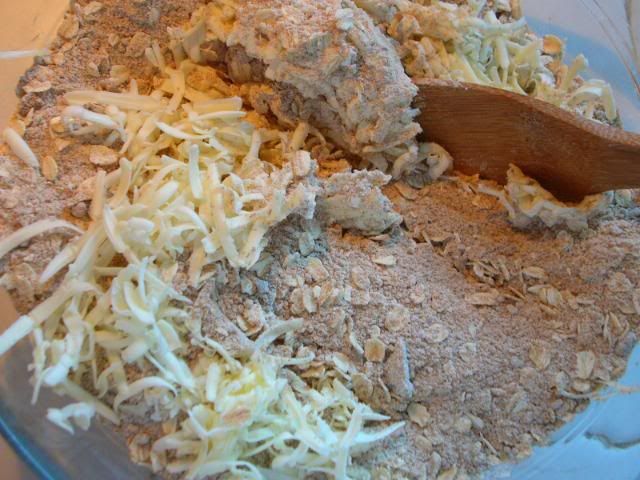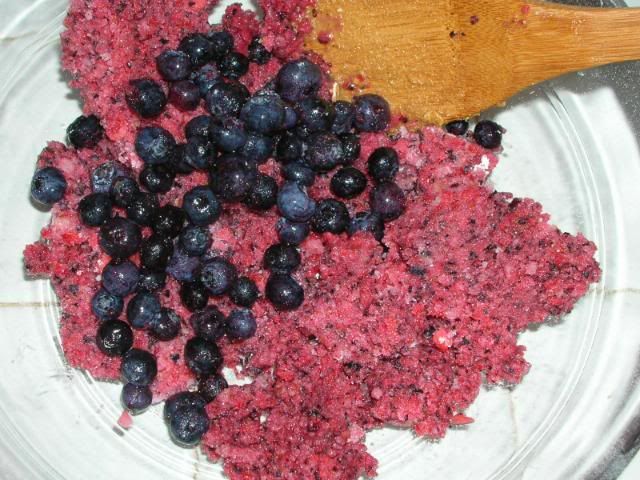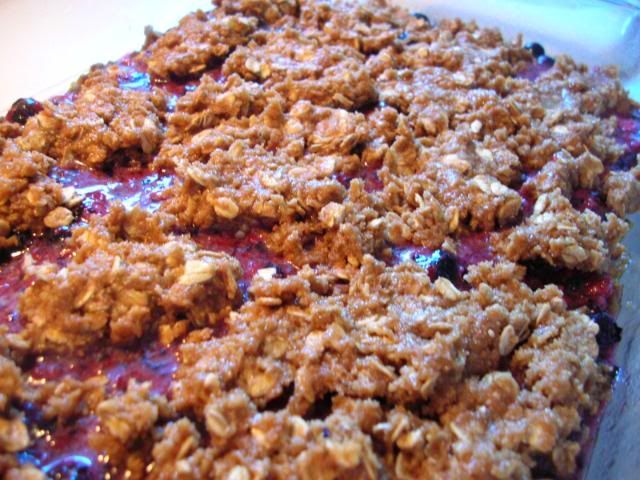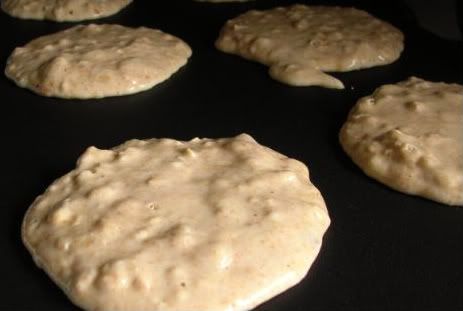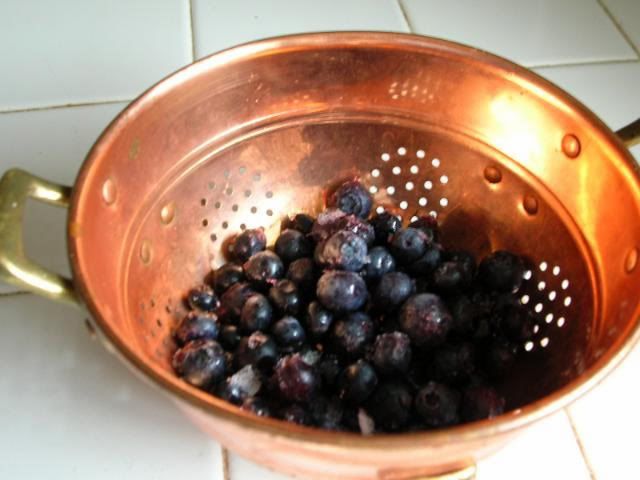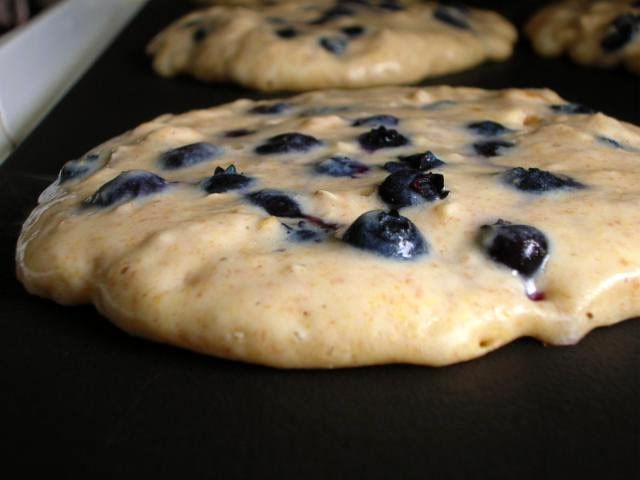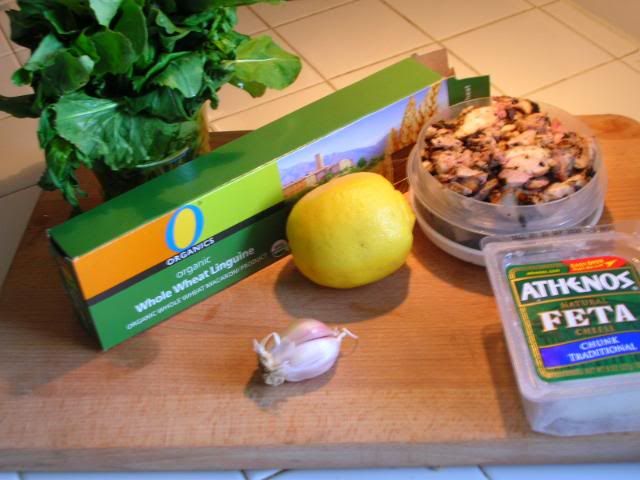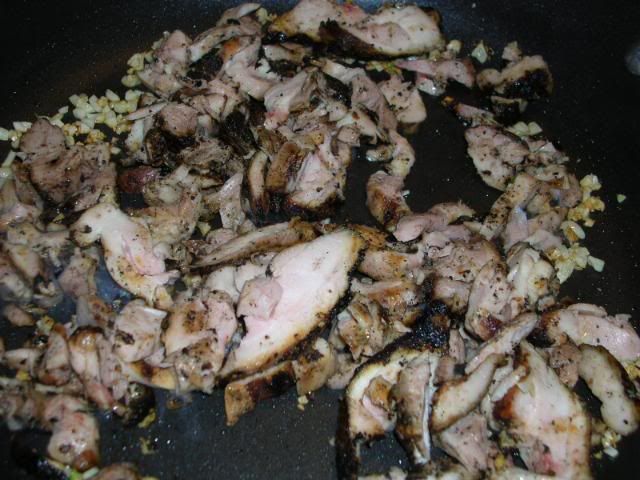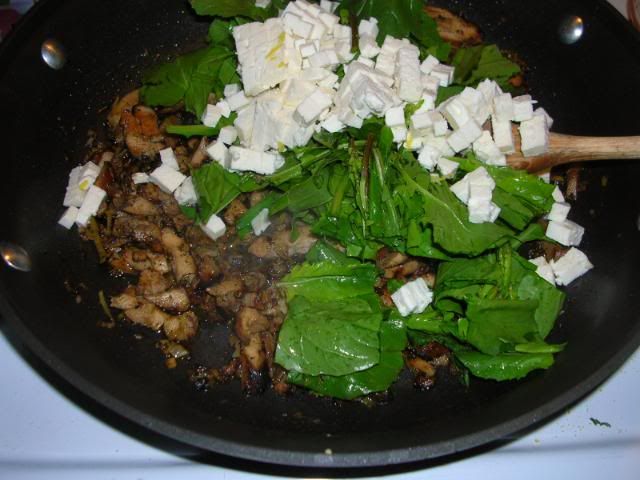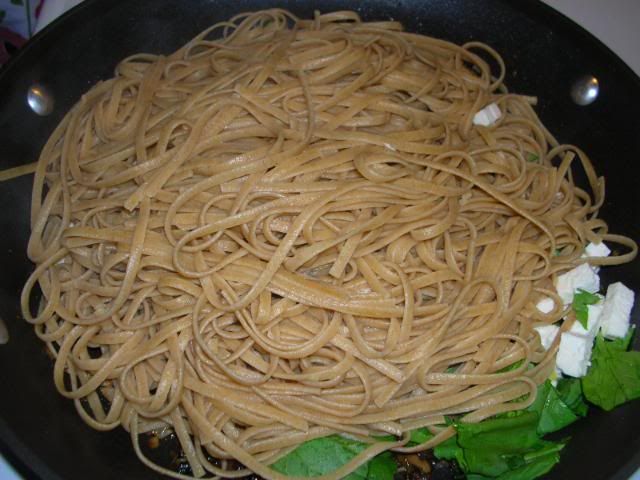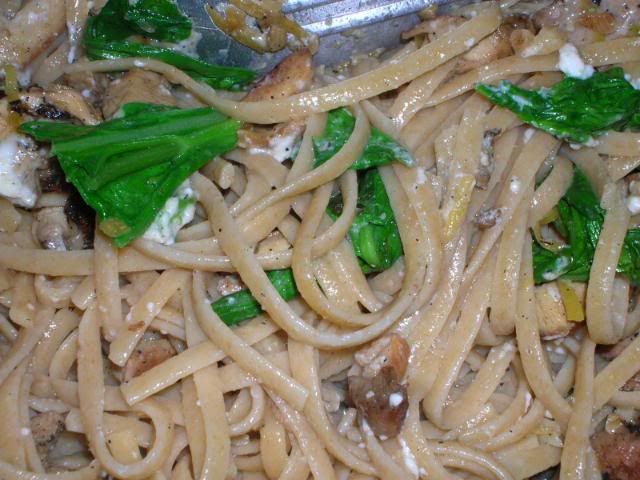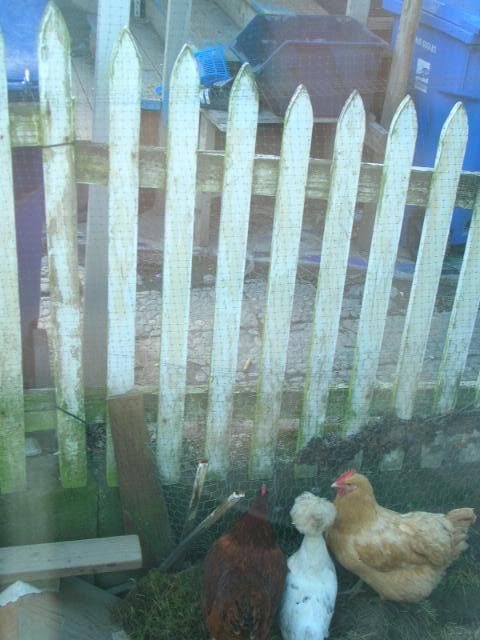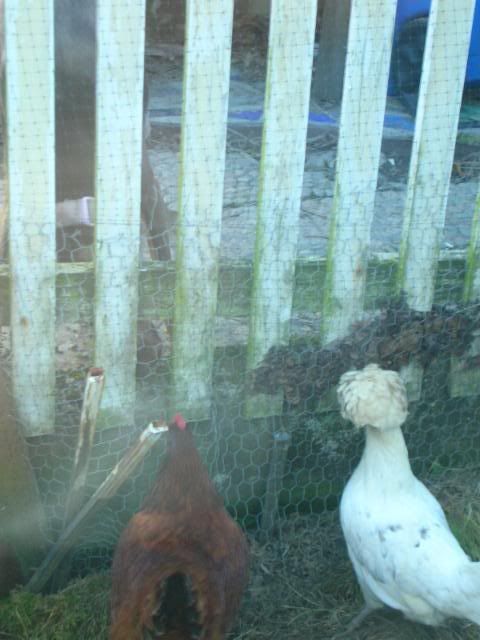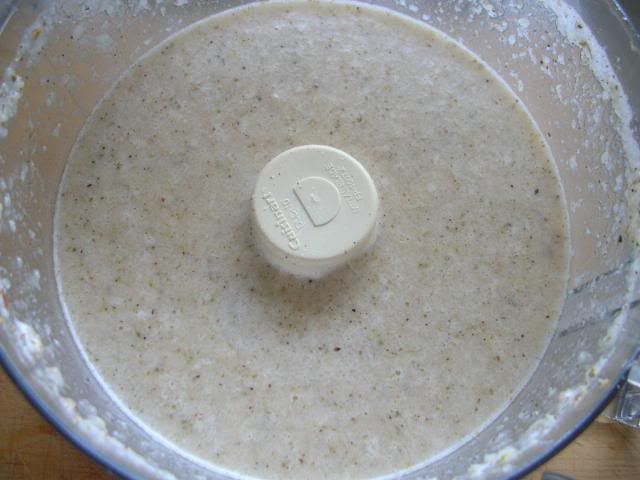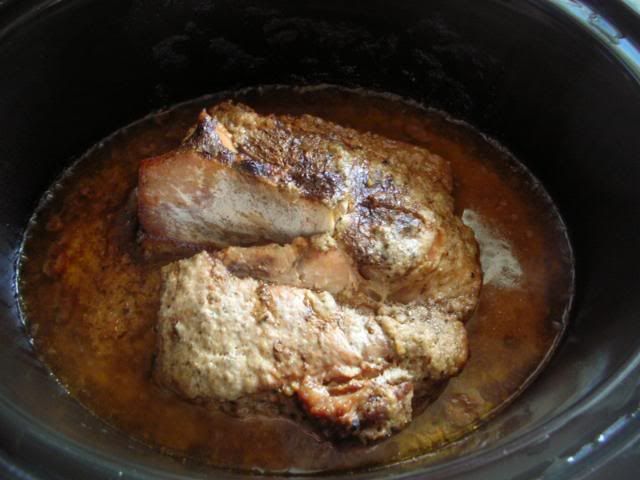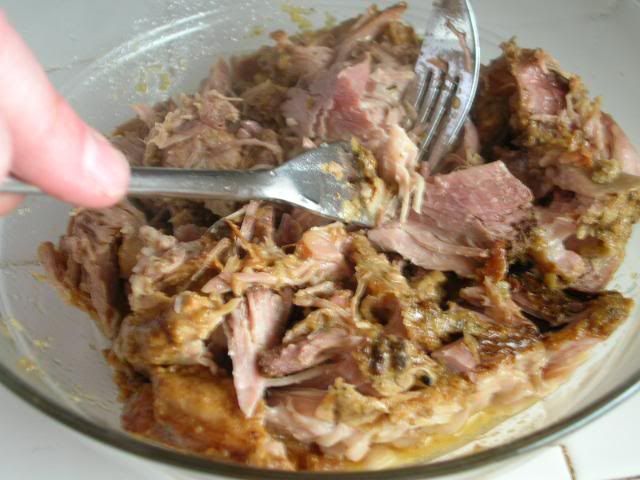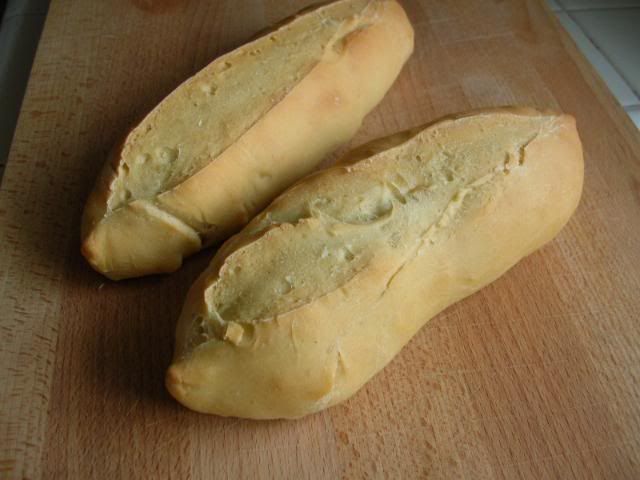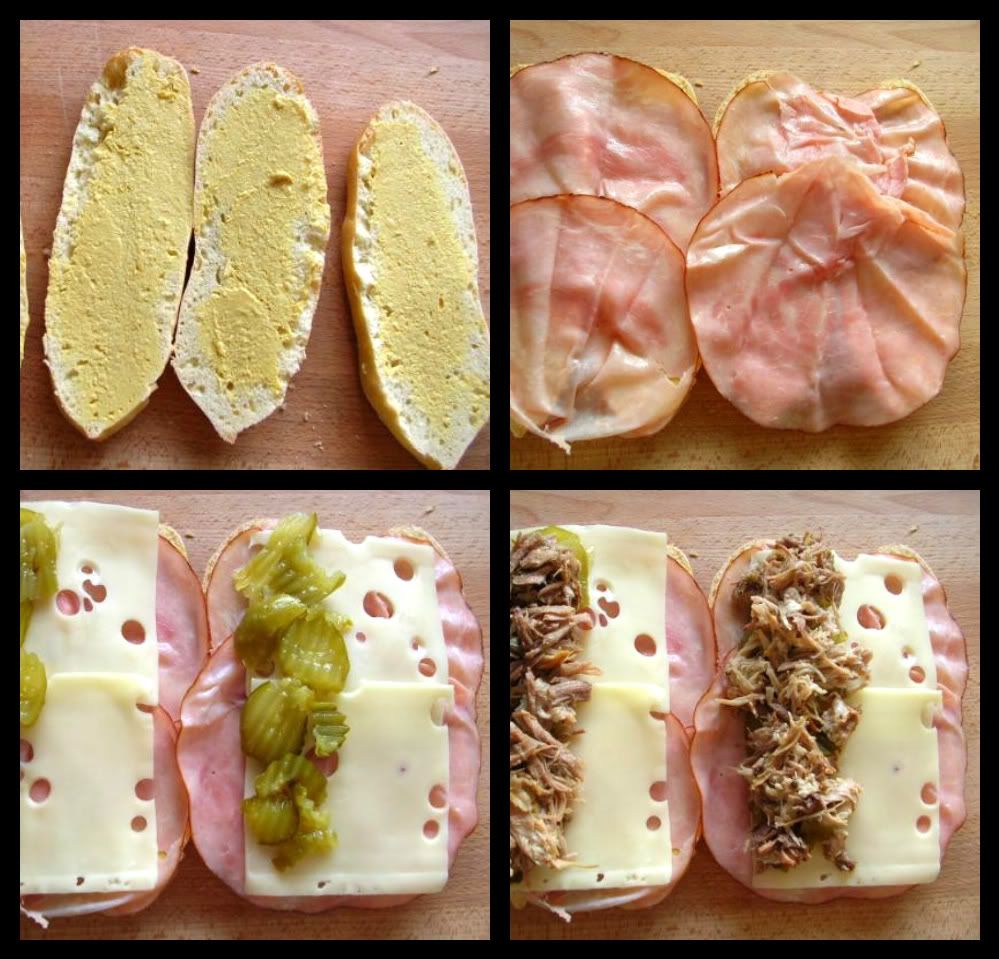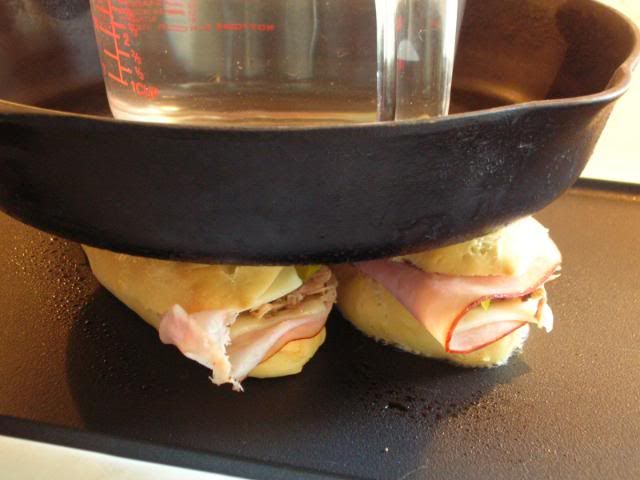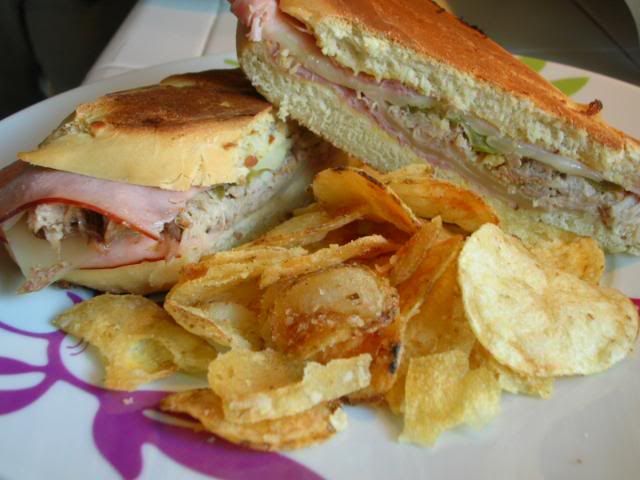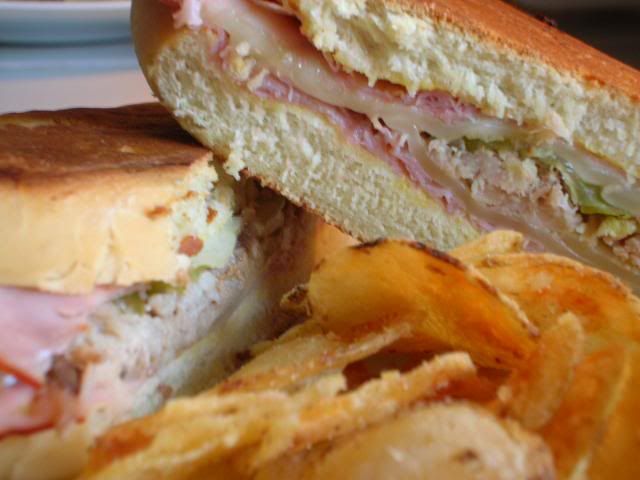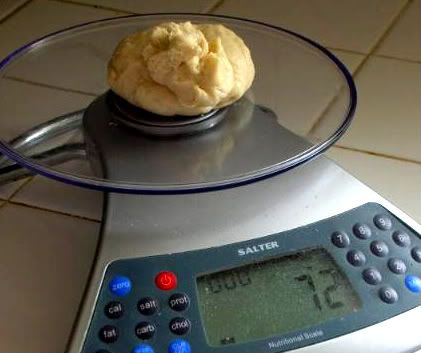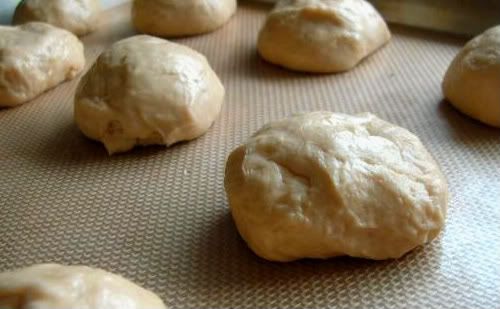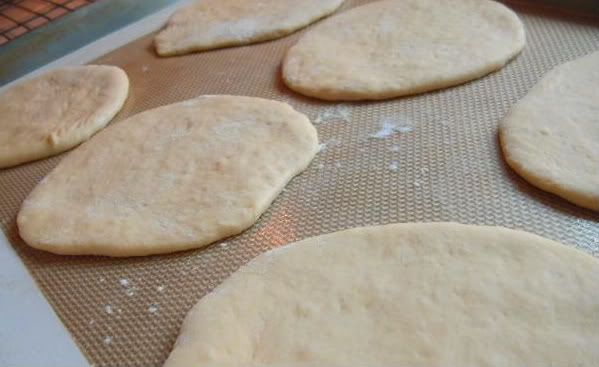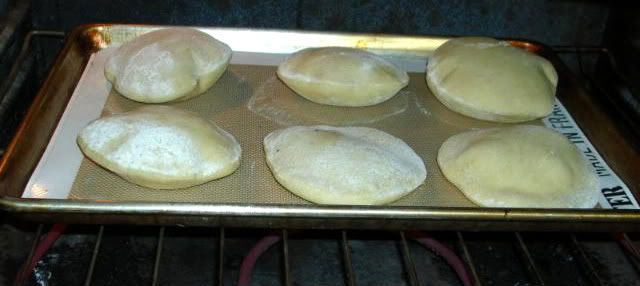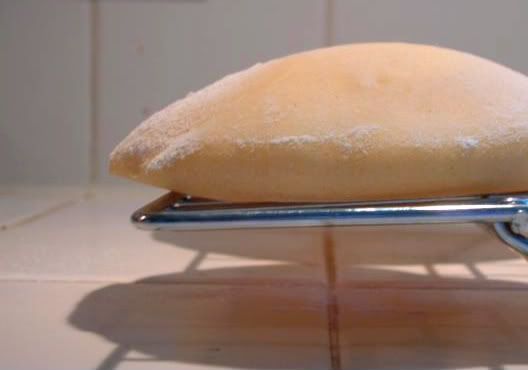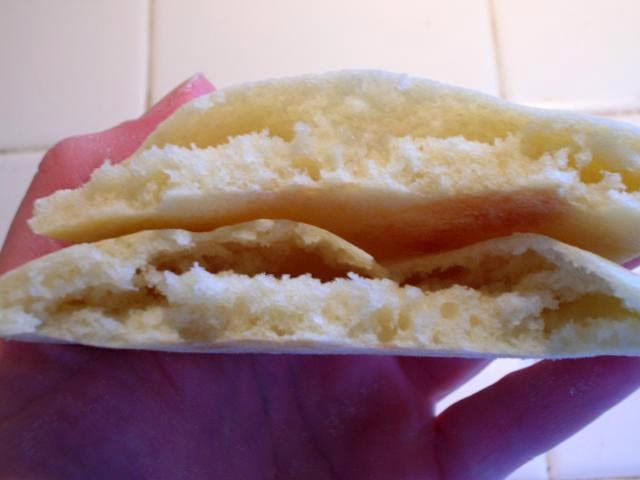Doing our best to eat locally and sustainably, raising our own food on a small lot in the city, making hand-crafted cuisine, and keeping it real.
Sunday, May 30, 2010
Homemade stuff
I made my own laundry detergent for a while and stopped only because I was unhappy about how grey my white items got. Colored items were fine. It's fast and cheap to make your own, so why not? I'll probably start up again sometime.
G-man got a gallon of Paul Mitchell shampoo for around $20 almost 2 years ago when he happened to be at a community college on the same day their beauty school was having a fire sale on supplies. We'll be using that shampoo for at least another year! I just refill a small bottle every couple of months. I swear that jug o' shampoo is never-ending.
These items are things that I saw in the Cheapskate newsletter bit haven't tried. It's surprising how many things you can make at home, including things like play-doh.
Have you made any of these? What do you think? Do you make anything at home that's not listed here?
Toothpaste
6 teaspoons baking soda
1/3 teaspoon salt
4 teaspoons glycerin
15 drops peppermint or wintergreen extract
Mix baking soda, salt, glycerin and mint extract together to form a paste. Store in a container you can get a toothbrush into. Glycerin is available in most pharmacies and health food stores like Sprouts and Whole Foods.
Shampoo
1/4 cup grated Castile soap
1/4 cup hot water
1/2 teaspoon olive oil
2 tablespoons glycerin
5 drops essential oil, any scent (optional for fragrance)
In a small bowl, stir the grated soap into the hot water until dissolved. Add the olive oil, glycerin and essential oil like lavender, peppermint or citrus. Store in an appropriate container with a lid.
Ant Bait
1/4 cup sugar
1/4 cup baking yeast
1/2 cup molasses
3"x5" index cards
Mix sugar, yeast and molasses in a small bowl. Spread a thin layer of the mixture on index cards with knife or spatula. Place cards, syrup side up, in areas where ants are a problem. This application is safe and nontoxic.
White Glue
1 1/2 cups cold water
2 tablespoons corn syrup
1 teaspoon white vinegar
1/2 cup cornstarch
Mix 3/4 cup water, syrup and vinegar in small saucepan. Bring to a rolling boil. In separate small bowl, mix cornstarch and remaining 3/4 cup cold water. Add the cornstarch mixture slowly to the syrup and vinegar mixture. Stir constantly. Let stand overnight before using.
Saturday, May 29, 2010
My Review of Topeak MTX Basket Rear

The MTX rear basket from Topeak is the perfect size for shopping and other errands.
Not for the short or big-boned
Gift: No
Pros: Easy to Use, Lightweight
Cons: Too tall
Best Uses: Commuting
Describe Yourself: Casual/ Recreational
I bought this for my commute to work so that I'd have what is essentially a "trunk" for my bike. Having used a bike with a milk crate during all of my college years I was eager for an easy-on, easy-off solution.
I was pleasantly surprised by how light but sturdy this basket is. It weighs very little and is very manageable. It slides on/off the Topeak rack very easily and was simple to attach.
Eager to test out the basket before I committed to my tough uphill ride home from work, I decided that an easy ride to the grocery store would be a good bet. I'm glad I did because it means I'm going to take the basket back.
I'm 5'8" and ride a brand new Giant commuter bike. The front edge of the basket just fit under the seat. My behind, however, is wider than the lower front opening of the basket, making it uncomfortable to sit back on the seat properly. It felt like I was sitting on the edge of the basket.
Unless you're very tall, have a rack that sits back farther, or whippet thin, I wouldn't recommend this basket.
(legalese)
My favorite cookbook
I've battered it, splattered it, crinkled, and relied upon this book so much that it has earned a permanent spot on the kitchen counter.
When in doubt, I whip this book out. It's well-written and includes nutritional info...

...is diverse and nicely organized...
...and has appropriate pictures but way more recipes than pics.
There's a whole section about 5 pages long on possible substitutions. I'm all about switching things up, you know.
The incredible index is something like 20-pages long.
Just check out the section on souffles!
If you ever have the chance to pick up this book, do so. It's a fantastic resource in so many ways. There have been new editions that have come out since this one was published in 2000 but I haven't strayed from this, my first love.
Thursday, May 27, 2010
Kitchen tips
I started keeping my baking powder in a baggie a year to prevent clumping. Works like a charm.
Voila. Easy measuring, fewer dirty dishes. I even cracked the egg into this for one less dirty dish.
EGG SHELLS
Speaking of eggs, what do you do with your egg shells? Garbage disposal? Compost? Trash bin? Window sill?
I keep all of my egg shells in an open container on the window sill so that they can dry. Periodically I crush them with a meat mallet when the container gets unwieldy. Don't put a lid on the container or the moisture from the shells will mildew and mold. Believe me, I know.
- If you have egg-laying birds of any type, mix them into the feed for added calcium. Hens' bodies use about 25% of their ingested calcium to create eggs so they need a lot.
- Work them into the soil of plants that need extra calcium, such as squash and roses. Squash, tomatoes, peppers, cucumbers, eggplants that suffer from blossom-end rot need a calcium boost.
- Instead of crushing them, use the shells as miniature planters for starting seedlings.
- Some people swear by them as slug deterrents. I'm not convinced but if you want to give it a go, try it.
Wednesday, May 26, 2010
Hectic week and breakfast bars
But I did take a few pics of the breakfast bars for you! These are like a Nutri-grain bar only less sweet and way more satisfying. I got the recipe from the quarterly magazine that Metropolitan Market publishes and sells for $0.99. I never used to buy it until someone left a few in the break room at work and I realized what a great resource the magazines are. I've found that you can use any type of frozen fruit, though the recipe is written for blueberries.
Oat Breakfast-on-the-Go Bars
Monday, May 24, 2010
Territorial Seed Co. in bed with Monsanto?
- Tacoma Food Coop
- Lee from The Meat Shop
- Cheryl the Pig Lady
- Terry of Terry's Berries
- Zestful Gardens
There was an audible gasp when various panelists suggested that Monsanto had recently acquired Territorial Seed Company. Several of the panelists said that Monsanto owned the rights to two types of tomato seeds most commonly grown here in the PNW: "Early Girl" and "Sun Gold". The panelists, all people who are in-the-know, assured us that they no longer purchase nor recommend Territorial Seed.
Something didn't sit right with me about this. The claim didn't pass the smell test. It was too easy, too blithe, and had that same stench of "not true" that is shared by the god-forsaken forwards I get from my dad's cousin. (I invariably respond with a snopes link and the comment "this isn't true". I really should take her off of my "safe" email list: her conservative hate-mongering makes my blood boil.)
Territorial Seed Company is focused on the home-consumer market, which is considerally less profitable than the commercial agriculture business. It's a financial drop in the ocean of big-ag money. I've been slowly reading a book written by its founder, Steve Solomon. To allow TSC to be purchased by a corporation like Monsanto seems utterly contrary to his philosophy and to the company's "Safe Seed Pledge":
Agriculture and seeds provide the basis upon which our lives depend. We must protect this foundation as a safe and genetically stable source for future generations. For the benefit of all farmers, gardeners and consumers who want an alternative, we pledge that we do not knowingly buy or sell genetically engineered seeds or plants. The mechanical transfer of genetic material outside of natural reproductive methods and between genera, families or kingdoms, poses great biological risks as well as economic, political, and cultural threats. We feel that genetically engineered varieties have been insufficiently tested prior to public release. More research and testing is necessary to further assess the potential risks of genetically engineered seeds. Further, we wish to support agricultural progress that leads to healthier soils, genetically diverse agricultural ecosystems and ultimately people and communities. Territorial only offers untreated seed.
I think that the belief that Monsanto has purchased Territorial arose when Monsanto purchased Seminis, as is described here. Seminis is a seed producer and at one point Territorial was purchasing seeds from Seminis. From what I understand, Territorial had at one point purchased seeds that were sourced from a company that purchased seeds from Seminis. They do no longer. Read the full thread in the website linked earlier in this paragraph for the full details.
Finally, I found this on the TSC "About Us" page:
Territorial Seed Company is a privately held company, wholly owned by Tom and Julie Johns. Purchased in 1985 from its founder Steve Solomon, Tom and Julie have grown the business substantially over the past 24 years but have never strayed far from the original course set by Steve.
A company that's "privately held" and "wholly owned" by the Johns cannot be and is not owned by Monsanto.
As for "Early Girl" and a couple of other tomato varieties, the patents are indeed held by Monsanto. Of this Tom Johns, co-owner of Territorial Seed, said:
Today we do still purchase an ever decreasing amount of seed wholesale from the Home Garden Vegetable division [of Seminis]. These varieties are mostly old favorites from Petoseed such as Celebrity, Big Beef and [Super] San Marzano tomatoes. San Marzano is still today our best selling tomato-home gardeners love the way they process and can. We trial hundreds of tomato varieties each year and we have not yet been able to find a true replacement and maybe never will. Upon request we provide a list of the few remaining Seminis varieties that we offer.Mr. Johns went on to encourage people to stock up on the Super San Marzano seeds if they wanted them in the future, as he suspects that Seminis/Monsanto will eventually let the heritage seed lines dry up and blow away.
Now you know: Territorial Seed Company is not owned by, nor do their source their seeds from, Monsanto.
Sunday, May 23, 2010
Ditch that Bisquick
Pancakes are so riduculously easy that I don't know why people make them from mixes. I used to make the Alton Brown mix but never remembered to print out the mix directions, so it took us more time to look them up than it would to just make pancakes from scratch.
Friday, May 21, 2010
Arugula
I mulled over my options for the rest of the day, mentally pillaging my pantry for ingredients. This is what I came up with:
Lemon-arugula pasta with chicken, feta, and toasted pecans
Thursday, May 20, 2010
Farmers market time
- Arugula from Terry's Berries
- Sweet as Can Be Wildflower Honey
- Aforementioned soup + obligatory saltines
- Free tote bag
- Chocolate-pecan cookie from The Last Bite bakery
Monday, May 17, 2010
May day in May
I've been working like a demon recently and am exhausted. May day! M'aidez, au secours!!
Here's a list of the edibles in our yard as of yesterday. I had to replant lots of things because our cold rainy spring weather prevented successful germination of much of what I'd planted earlier this spring. Peas, parsley, lettuce, and green onions all sprouted. Little else did.
Out front, some in the parking strip, some in the beds:
• Potatoes (4 varieties)
• Tomatoes (6 varieties)
• Asparagus
• Herbs: basil, dill, parsley, cilantro, tarragon, sage, chives, rosemary, thyme, lavendar
• Onions (3 varieties)
• Garlic
• Eggplant
• Jalapeno peppers
• Leeks
• Broccoli
• Spinach
• Lettuce (4 varieties)
• Parsnips
• Yellow squash
• Tomatillos
• Bush peas
• Raspberries
• Blueberries
• Strawberries
• Rhubarb
• Artichoke
• Plum tree
In back:
• Lettuce
• Spinach
• Yellow squash
• Chard
• Cabbage
• Peas: bush & pole
• Purple pole beans
• Carrots: orange & purple
• More potatoes
• Shallots
• A solitary volunteer onion
• A solitary volunteer tomato
• Green onions
• Apple tree
• Crab apple tree (going to try to make my own liquid pectin this year)
Last weekend I spent a great many hours moving dirt, raking, and transplanting things into the area the chickens had destroyed. Some things have come back now that they're no longer being nibbled daily - including my highland cranberry and sedums - but many have not: violets, calla lilies, hostas, lavendar, etc. I'm hoping this most recent intervention will pay off with an attractive back yard.
I'll post pictures as soon as hubbie returns with the camera's cable, which he took on his business trip.
Tuesday, May 11, 2010
Old Mother Hubbard
When I was growing up the freezer in the basement was a veritable Davy Jones' locker for frozen foods. Some things made it back to the kitchen and some did not. Everything was in there: blueberries, casseroles, packages of freezer-burned meat, Jennie-O turkey loaves, butter, ancient breads, my dad's beer mugs, and god-only-knows what else.
It's part of our family lore the time my brother pulled a casserole out of the freezer, put it on top so he could continue his rummaging, and forgot to put it back. It took us several weeks to find the source of the stench. And when we did... well, you don't want to know.
My mom's mom had a well-stocked freezer in her basement. I remember visiting my dad's parents in the 'burbs of Boston as a kid and seeing my gram's stairwell shelves packed full. I think she had a freezer in her basement, too.
My dad had strict rules about rotating the oldest things to the front of the shelf while putting the newest ones in back. My parents now have a huge walk-in pantry and could feed an army with its Costco-sized containers of StoveTop stuffing, granola, baked beans, and brownie mixes.
It was a given for me that you always had pantries or cupboard stocked to the gills with various foods. None of us is a hoarder but I do think that it's a dominant family trait to get twitchy when the second-to-last container of anything is opened.
With this in mind, you can imagine how tough my current project is for me: we are striving to eat all the food in our cupboards and freezer. Not eat as in competitive eating eat but, you know, use it all up.
You actually see the back of our freezer now. Did you know that freezers had stickers inside them on the back wall?? Or that they had a back wall?
For the past few weeks whenever I make something, like pizza, cream of asparagus soup, smoothies, or cherry-almond scones, it's with the intention of using up the ingredients in the house.
Why?
1. Fresh, local ingredients are starting to appear at the local markets. I can't justify buying the fresh asparagus or strawberries if I have some from last year squirreled away in the house somewhere.
2. I need to start putting away this year's crop for the winter. Yes, it's only May but if I don't preserve rhubarb now we can't have any in November.
3. Home-canned items are best in their first year so we need to eat the stuff.
My next job is to do an inventory of my canning shelves and make a plan to use some of it up. Figuring out what we did and didn't use will help guide my decisions for summer preserving. My goal last summer was to put up 400 jars of food. Due to our quickie engagement I fell short of that goal. I'm re-evaluating last year's goal (I can get as fixated as a lab on a tennis ball when it comes to canning) but already know some of the things I want to put up and that I want to try some additional preserving techniques.
Do you preserve foods? What are your plans for preserving summer's bounty? Drying? Canning? Freezing?
Sunday, May 9, 2010
Hen pecked
To play this game, you need a dumb dog, a dumb chicken, and a rickety picket fence.
Here is Nugget teaching Beaker and Curry how to play. "First, you stand here and practice your beady chicken eyes expression."
"You gotta wait for the dog to come to you. Wait for it... wait... wait.... She always comes. She's dumb as rocks."
"Don't worry, she'll be back in a minute after she's done barking. Hehe! She can't get us but we can get her."
You'd think Sadie would learn her lesson but nooooOOOoooo. That dumbass comes back to get pecked over and over and over all day long. I've been pecked by the chickens and it can hurt when they mean it.
Nugget always means it.
I'm not sure which player is dumber: the hen for taking on a 50-pound dog or the dog for coming back for more.
Saturday, May 8, 2010
What's in season for April and early May
PRODUCE
- We're still eating things from the fall crop, things like apples, pears, winter squash, potatoes, carrots, onions, garlic. We're really. sick. of. apples.
- Greens: chard, kale, collards, early tender greens
- Asparagus
- Rhubarb is in full swing
- Culinary herbs
- You'll find wild morels now!
- Get info at the Puget Sound Mycological Society's website: http://www.psms.org/
- Razor clams - next dig set for May 15-16
- Some Alaskan salmon, look for sustainable and wild-caught
- Halibut, sablefish, and black cod (March to November)
- King salmon
- Copper River salmon comes into season this month. (droool...)
- Lilacs and hellebores. We're especially enjoying the scent of the lilac in our back yard right now.
- Lots of bulbs: tulips, blue-bells, etc.
- Dogwood trees. This is the time of year I get dogwood envy, the trees are so lovely with their creamy white and pink blossoms.
- Fruit trees: cherry, apple, pear, crabapple, etc. Just don't park under a flowering cherry tree like I did. The car was a mess.
- Barnyard animals are having their babies right now. This means veal in a few months, and lamb in the fall and winter.
- Eggs - our hens are laying about 5-6 eggs daily. We can't keep up. It's insane.
- Chicken - lots of eggs means spring chickens in a few weeks (but not for us, a rooster-less household). Farmers markets will have fresh birds later this month
- Rabbit
Friday, May 7, 2010
Cuban sandwiches
1 teaspoon black peppercorns
4. Dump the meat and marinade into a slow cooker set on low and leave for work.
5. Come home and enjoy how your house smells.
6. Remove meat from slow cooker and put into a bowl. It will fall apart easily. With 2 forks, encourage the shredding process. Add some of the juices from the cooking back into the shredded meat. Set aside until you're ready to assemble the sandwiches.
Pan Cubano
4 cups (17 ounces) Unbleached All-Purpose Flour
4 teaspoons sugar
2 teaspoons salt
2 1/4 teaspoons instant or active dry yeast
4 tablespoons (2 ounces) butter; or 3 tablespoons fresh lard, cut into small pieces
1 1/4 cups (10 ounces) water
Intructions and pictorial here: http://www.kingarthurflour.com/recipes/a-cuban-sandwich-recipe
Mine looked like this. This was one of the stiffest doughs I've ever worked with. I had a hard time getting it to rise but our kitchen was on the cool side. I'd make these rolls again but make sure next time that I have a better/warmer spot to allow the dough to rise.
Shredded pork
Rolls
Dijon mustard
Dill pickles
Swiss cheese
Sliced deli ham
Pre-heat griddle or pan. If you have one, put a cast-iron skillet on top. You'll see why in a minute. This was my great-grandmother's skillet.
Slice rolls lengthwise, spread with mustard. Top with ham, cheese, pickles, then the shredded pork.
I wound up flipping mine because the skillet wasn't hot enough. You might need to, you might not.
Remove from the griddle and slice on a long diagonal.
Dig in! I served these with salt & vinegar kettle chips. I love how the puckery vinegar chips go with the dill pickle.
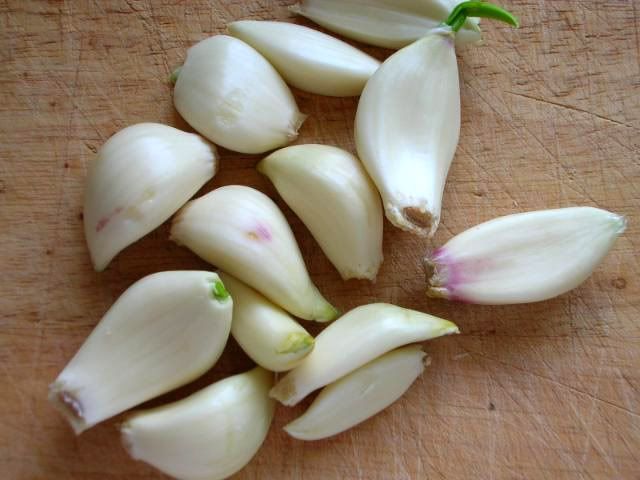
Thursday, May 6, 2010
One hand in my pocket-bread
You order a $6 grilled cuban sandwich at the hoity-toity grocery store only to discover that it's dry, boring, and nowhere near as tasty as the ones you've made at home.
Then you make your own pizza, including the crust. Every pizza you create is tasty, fresh, loaded with your favorite ingredients. Sometimes you make pizza just to use up what's left in the fridge. And it is good.
